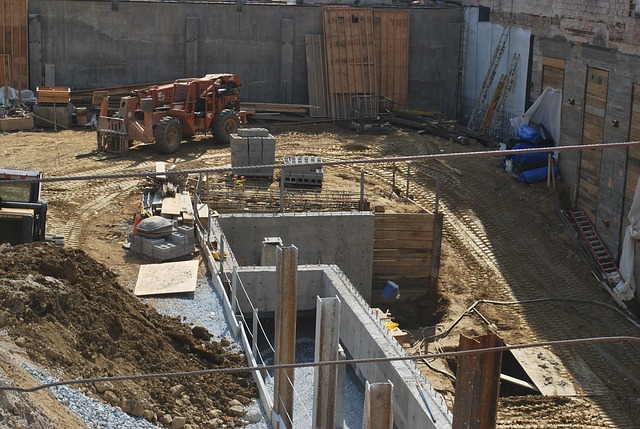So what exactly is Builder’s Risk insurance and where does an installation floater come in? Well, put simply…builder’s risk protects a contractor from a loss during a construction project due to weather, fire, accidents, material defects and poor installation or workmanship. Builder’s risk will provide funding to repair, repurchase or reconstruct the covered loss for the benefit of all contractors working on the project.
Builder’s risk provides coverage for all parties that have an insurable interest in the project including the owner, general contractor, and subcontractors. It’s important to ensure the policy covers the project’s hard costs, soft costs, and loss of any rent due to a covered cause of loss. A builder’s risk policy is not a standardized insurance policy and may be manuscript for a specific project. Because the policy is not standardized, it should be reviewed to confirm what property is included and not included, such as new construction or renovations, existing structures, temporary work, tools, material in transit or storage.
Covered Cause of Loss within a Builder’s Risk Policy
The covered cause of loss of a builder’s risk policy can be limiting in coverage or very broad. It’s important that the builder’s risk includes all parties involved in the construction of a project be added as a named insured or add a mutual waiver of subrogation endorsement. This ensures all parties have equal access to the builder’s risk policy to avoid third party litigation to determine fault of a loss. Third party litigation to determine fault will grind any construction project to a halt. A no fault policy, such as a builder’s risk, is for the benefit of all parties in a construction project and is the quickest resolution to cover a property loss during construction.
Prior to a loss, it should be determined who’s responsible to pay the deductible of a builder’s risk loss. Will the owner, general contractor or subcontractors be responsible for 100% of the deductible or will the deductible be determined as a percentage of fault? The policyholder will be the administrator of the claim for the benefit of all parties involved in the loss.
The Installation Floater
The installation floater, however, will protect a specific contractor from the loss of the material installed by that contractor. The installation floater provides coverage only for the policyholder. It doesn’t provide coverage for any other party on a project site other than the contractor who purchased the installation floater. The installation floater should be reviewed to confirm the property covered, including material in transit and storage.
Most installation floaters are blanket for all work performed and not specific to any one project; it is, however, specific to the limits of the policy. To avoid co-insurance penalties for projects that exceed the limits of the installation floater, the policy should either waive co-insurance penalties or have a 0% co-insurance penalty factor. The installation floater can be used to supplement a deficient builder’s risk policy that’s provided by an owner or general contractor and may even cover the deductible of the owner’s builder’s risk.
The coverage considerations of a builder’s risk policy should not be vs. the installation floater, but should be considered in concert with each other. Both the builder’s risk and installation floater provide advantages to the contractor; however, if not reviewed properly, you can be left with unseen exposures.



